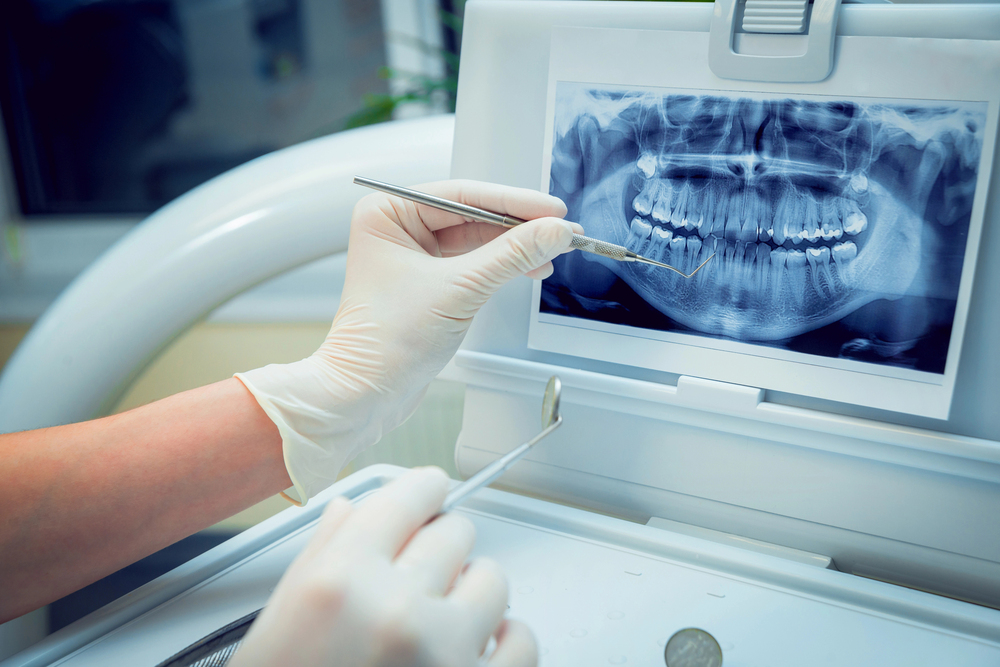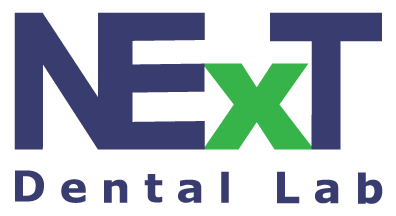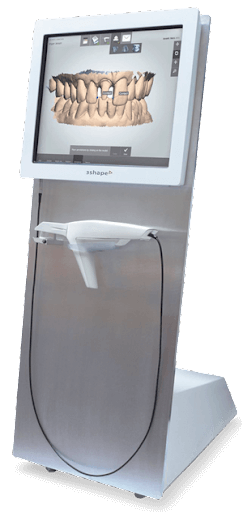The digital dental workflow is a shared language across the operatory and lab. When data is clean and communication is tight, restorations arrive with the fit, shade, and occlusion that keep schedules smooth and patients happy.
Accurate Data Capture

Everything starts chairside with an intraoral scan that captures teeth, soft tissue, and bite in precise detail. Retraction, saliva control, and scan path discipline are non-negotiable foundations for clean datasets. Calibrate scanners, verify margins with real-time magnification, and record opposing arch and interocclusal records for reliable articulation. Photographs add context for shade and surface texture, while notes flag margin design, emergence goals, and occlusal allowances.
Data Validation Before Export
Before sending, review the mesh for voids, pulls, and stitching errors. Trim artifacts, smooth marginal ridges sparingly, and confirm that prep reduction and finish lines are visible in 360 degrees. Lock the bite with multiple buccal bite scans to cross-check contact points. Include tooth library references if used and add any pre-prep scans for contour guidance. Clean data reduces remakes and accelerates design time.
Secure Lab Submission
Export open-format files with clear labeling and complete prescriptions. Attach photos for shade tabs, stump shade, and gingival profile. Communicate material choice and functional intent: monolithic zirconia for strength, lithium disilicate for translucency, or layered ceramics for premium esthetics. For implants, add scan bodies, fixture brand, platform details, and soft tissue scans to support custom abutment emergence and cleansability.
Design with Clinical Intent
In the dental lab, CAD software aligns arches, sets a virtual articulator, and builds anatomical proposals from tooth libraries. Margin detection is refined, insertion paths are validated, and minimum thickness checks confirm structural durability. Contacts are tuned to the prescription, occlusion is refined for group function or cuspid guidance, and emergence is sculpted for tissue stability. For implants, abutment design balances ferrule, screw access, and torque targets.
Material Selection and Nesting
CAM planning nests units to conserve material and support milling quality. Multi-layer zirconia positioning optimizes incisal translucency and cervical chroma. PMMA provisionals are staged to test occlusion and phonetics when needed. For lithium disilicate, sprue placement and crystallization cycles are mapped to preserve strength and esthetics. Toolpath strategies minimize chatter and protect margins.
Fabrication and Finishing
Precision milling produces the framework or monolithic body. Zirconia sintering follows validated thermal curves, then staining and glazing bring life to mamelons, halos, and surface luster. Emax is crystallized to final strength, then polished. Hybrid and implant cases receive custom abutments and try-in verifications, with screw channels aligned and properly countersunk for composite closure.
Quality Control with Purpose
Fit is verified on printed or analog models and, when available, on digital printed soft tissue replicas for subgingival margins. Proximal contacts are checked for pass-through floss resistance. Static and dynamic occlusion is validated with shimstock targets and articulator programming. Shade is reviewed under standardized lighting with cross-polarized photos. Final cleaning leaves bonding surfaces pristine for chairside cementation or screw retention.
Delivery and Feedback Loop
At delivery, adhesive selection matches the substrate and prep design. Try-in photos and bite scans after seating create a post-case record. If adjustments occur, that data returns to the lab to refine future proposals. Over time, this loop yields faster approvals and fewer chairside tweaks.
Connect Your Scanner and Accelerate Every Case
Go fully digital with Next Dental Lab and link your scanner in minutes for fast, reliable case transfers. New accounts can register, claim first‑case perks, and request eligible $0 scanner offers, then scan and send the same day. Our digital team approves requests quickly and supports open‑system STL workflows. Set up the connection, send a case with photos and RX, and keep your schedule moving with streamlined turnarounds.

